Best Companion Plants For Collards
Collards are a hearty and versatile vegetable that can be enjoyed in a variety of dishes. They are also relatively easy to grow, making them a great choice for home gardeners.
One of the best ways to ensure a successful collard crop is to plant them with companion plants. Companion planting is the practice of planting certain types of plants together in order to benefit each other. Some companion plants can help to deter pests, attract beneficial insects, or improve the soil quality.
There are many different companion plants that can be beneficial for collards. Some of the best include:
- Celery: Celery helps to repel pests such as cabbage moths and flea beetles. It also helps to improve the flavor of collards.
- Onions: Onions help to repel pests such as aphids and spider mites. They also help to improve the soil quality by releasing sulfur into the soil.
- Potatoes: Potatoes help to attract beneficial insects such as ladybugs and lacewings. They also help to suppress weeds.
- Dill: Dill helps to attract beneficial insects such as bees and butterflies. It also helps to improve the flavor of collards.
- Chamomile: Chamomile helps to repel pests such as cabbage moths and whiteflies. It also helps to improve the soil quality by releasing nitrogen into the soil.
- Marigolds: Marigolds help to repel pests such as nematodes, aphids, and whiteflies. They also help to improve the soil quality by releasing marigolds that suppress fungal diseases.
- Garlic: Garlic helps to repel pests such as aphids, cabbage moths, and spider mites. It also helps to improve the soil quality by releasing sulfur into the soil.
- Marjoram: Marjoram helps to attract beneficial insects such as bees and butterflies. It also helps to improve the flavor of collards.
- Thyme: Thyme helps to repel pests such as cabbage moths and spider mites. It also helps to improve the flavor of collards.
When choosing companion plants for collards, it is important to consider the growing conditions of both plants. For example, collards prefer full sun and well-drained soil. If you are planting them in a shady spot, you may want to choose companion plants that also tolerate shade.
You should also consider the size of the plants when choosing companion plants. Collards can grow quite large, so you will want to avoid planting them with plants that are too small or that will be shaded out by the collards.
With a little planning, you can easily choose the best companion plants for your collard crop. By planting these beneficial plants together, you can help to ensure a healthy and productive garden.
Collard greens are a delicious and nutritious leafy green vegetable that is a staple in many Southern cuisines. But did you know that companion planting can help to improve the growth and yield of your collard greens?
Companion planting is the practice of planting certain plants together that benefit each other. For collard greens, some of the best companion plants include:
- Celery: Celery helps to repel pests such as cabbage moths and cabbage loopers.
- Onions: Onions help to improve the flavor of collard greens.
- Potatoes: Potatoes help to suppress weeds and improve the soil drainage.
- Dill: Dill helps to repel pests such as aphids and spider mites.
- Chamomile: Chamomile helps to improve the growth and yield of collard greens.
For more information about companion planting for collard greens, please visit Gardenia Inspiration. This website has a wealth of information on the topic, including a list of recommended companion plants, tips on how to plant them together, and benefits of companion planting.
FAQ of companion plants for collards
1. What are the best companion plants for collard greens?
The best companion plants for collard greens are those that deter pests and diseases, improve soil quality, or attract pollinators. Some of the most popular companion plants for collard greens include:
- Celery: Celery helps to repel pests such as cabbage moths and loopers.
- Onions: Onions release sulfuric compounds that help to repel pests and diseases.
- Potatoes: Potatoes help to suppress weeds and improve soil drainage.
- Dill: Dill attracts beneficial insects such as ladybugs and hoverflies, which help to control pests.
- Chamomile: Chamomile helps to improve the flavor of collard greens and also repels pests.
2. Can I plant collards next to tomatoes?
Yes, you can plant collards next to tomatoes. In fact, some gardeners believe that planting collards with tomatoes can help to protect the tomatoes from pests such as flea beetles. However, it is important to note that tomatoes and collards are both members of the Brassicaceae family, which means that they are susceptible to the same diseases. Therefore, it is important to monitor your plants closely for signs of disease and to take steps to prevent the spread of disease if necessary.
3. What are some other good companion plants for collards?
In addition to the plants listed above, some other good companion plants for collards include:
- Garlic: Garlic helps to repel pests such as aphids and mosquitoes.
- Marigolds: Marigolds help to repel nematodes and other soil-borne pests.
- Peppermint: Peppermint helps to repel cabbage moths and other pests.
- Rosemary: Rosemary helps to improve the flavor of collard greens and also repels pests.
- Thyme: Thyme helps to repel pests such as cabbage worms and aphids.
4. How far apart should I plant collards and their companion plants?
The spacing requirements for collards and their companion plants will vary depending on the specific plants involved. However, as a general rule of thumb, you should space collards about 18 inches apart and their companion plants about 12 inches apart.
5. What are some tips for companion planting collards?
Here are a few tips for companion planting collards:
- Do your research and choose companion plants that have complementary needs. For example, if you are planting collards in a sunny spot, you will want to choose companion plants that also prefer full sun.
- Consider the size of your plants when spacing them. Some companion plants, such as tomatoes, will grow much taller than collards. Make sure to give these plants enough room to grow.
- Experiment and see what works best in your garden. There is no one-size-fits-all answer when it comes to companion planting. The best way to find the right companion plants for your collards is to experiment and see what works best in your specific growing conditions.
Image of companion plants for collards
5 different images of companion plants for collards from Pinterest:
- Celery: Celery helps to repel pests that can damage collards, such as aphids and cabbageworms.
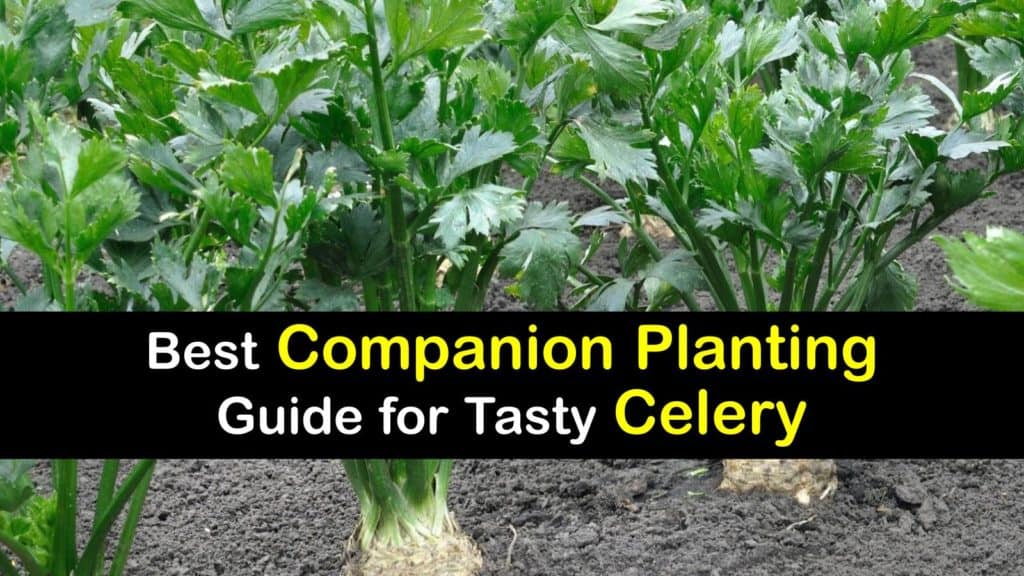
- Onions: Onions help to repel nematodes, which are soil-dwelling worms that can attack collards' roots.
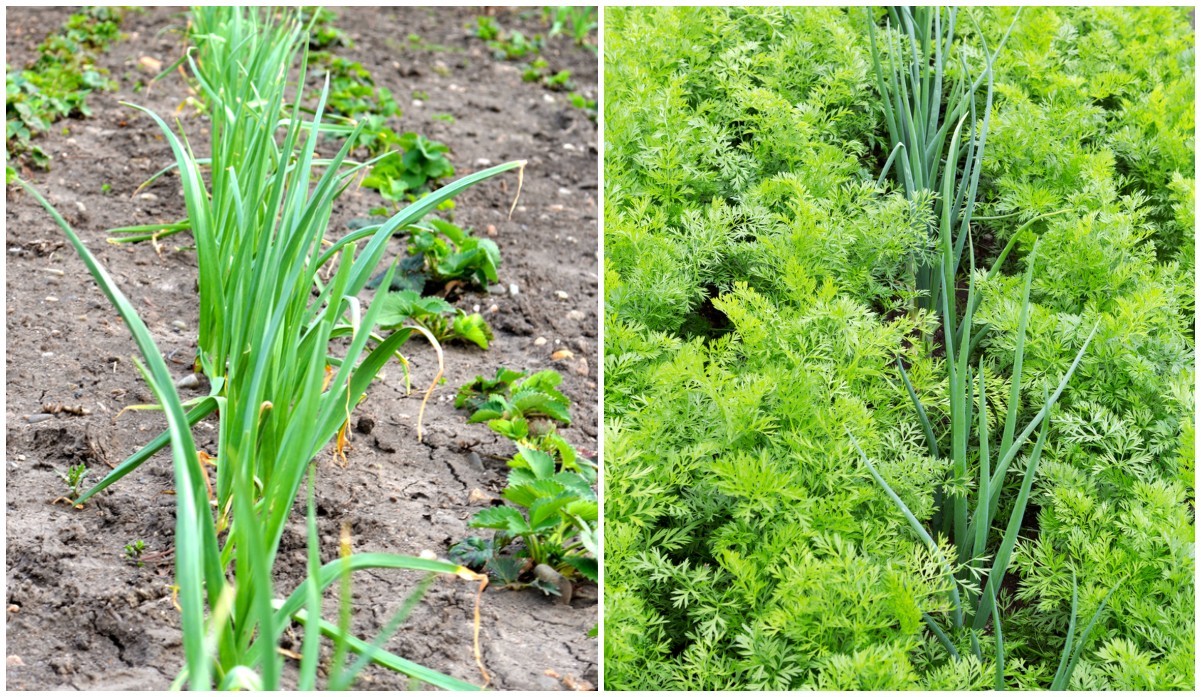
- Potatoes: Potatoes help to suppress weeds, which can compete with collards for water and nutrients.
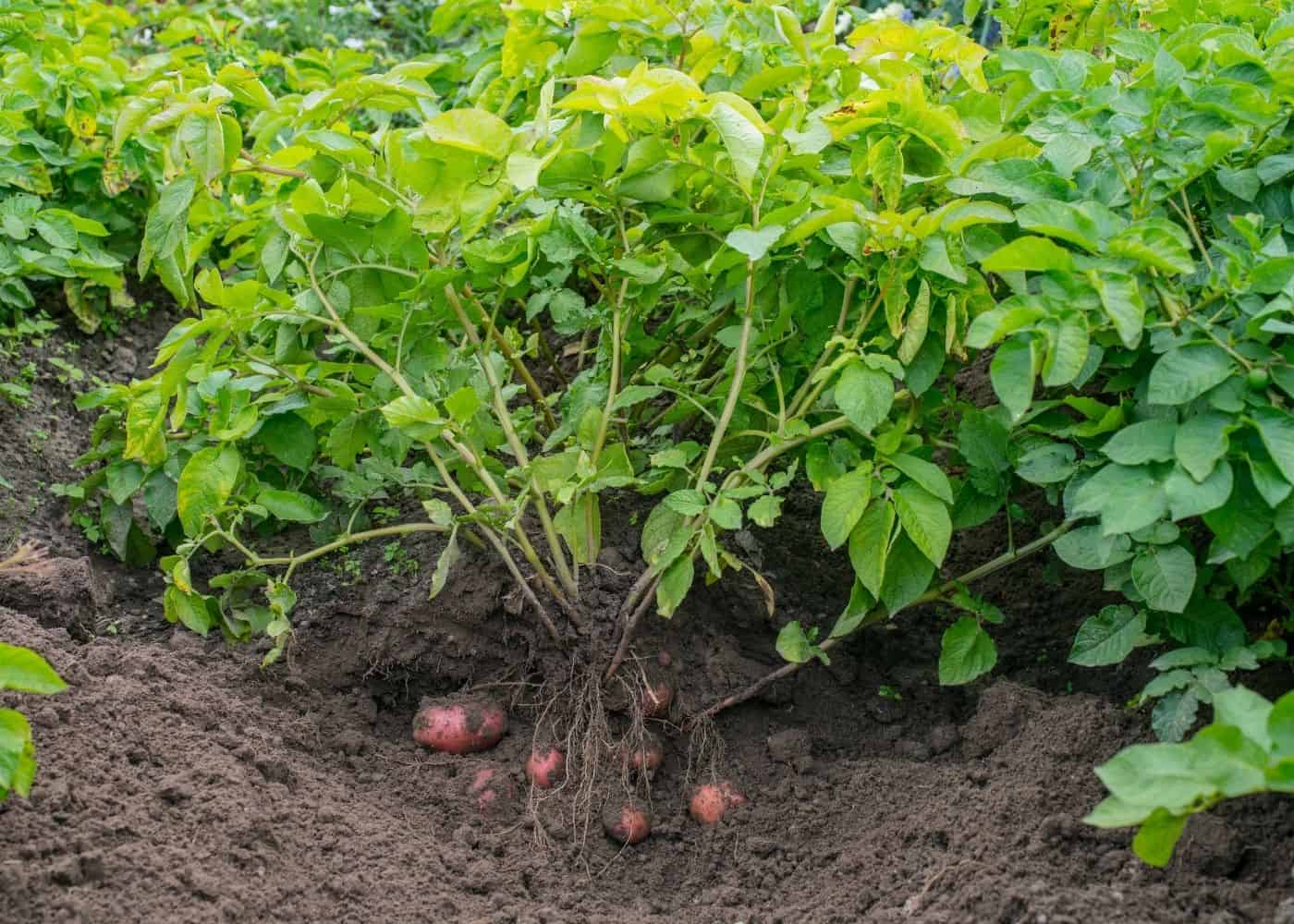
- Dill: Dill helps to attract beneficial insects, such as ladybugs and lacewings, which prey on pests that can damage collards.
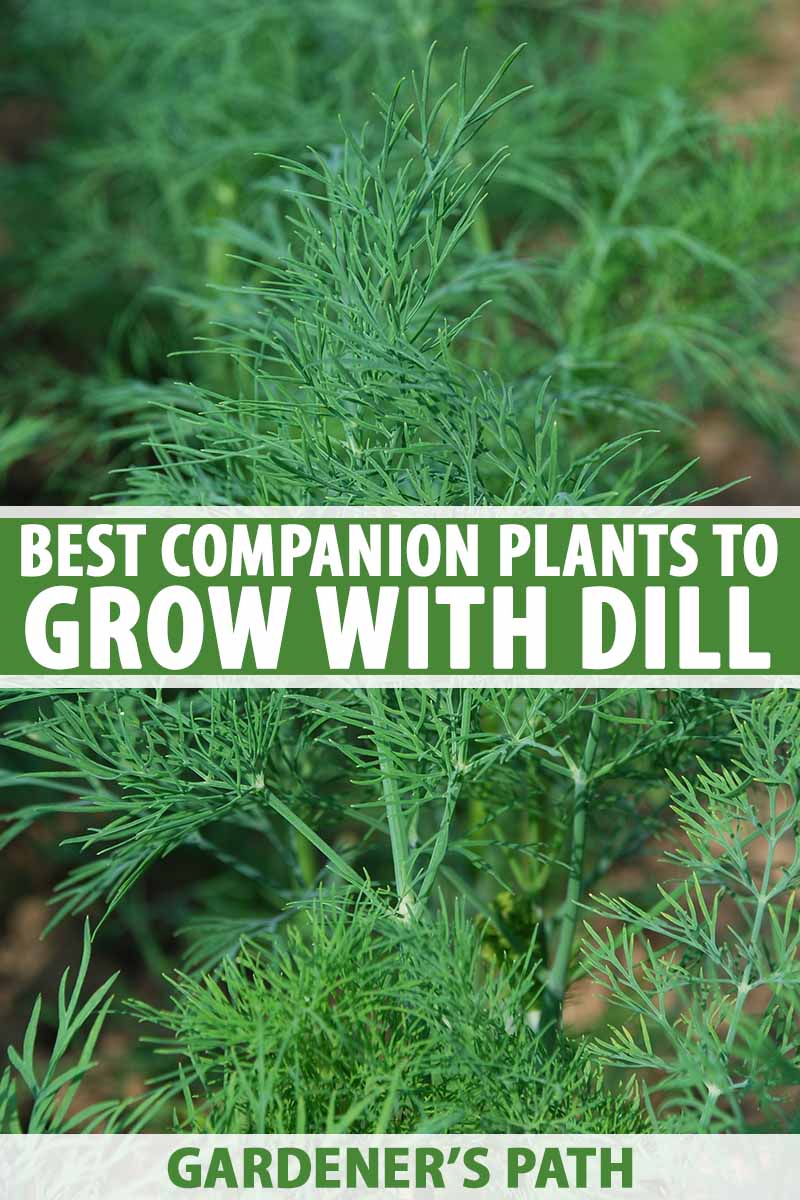
- Chamomile: Chamomile helps to improve the flavor of collards and also helps to repel pests.
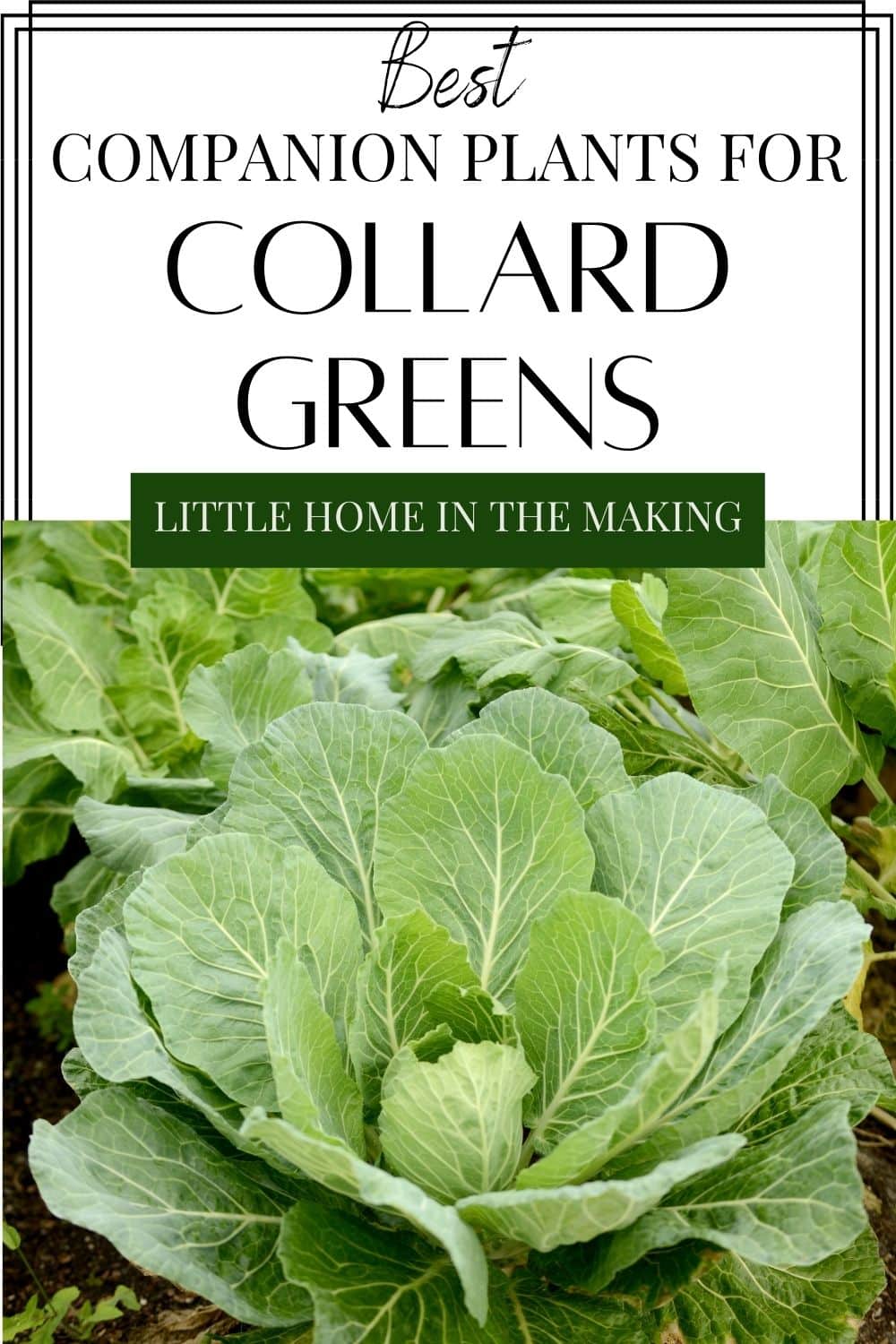
Post a Comment for " Best Companion Plants For Collards"